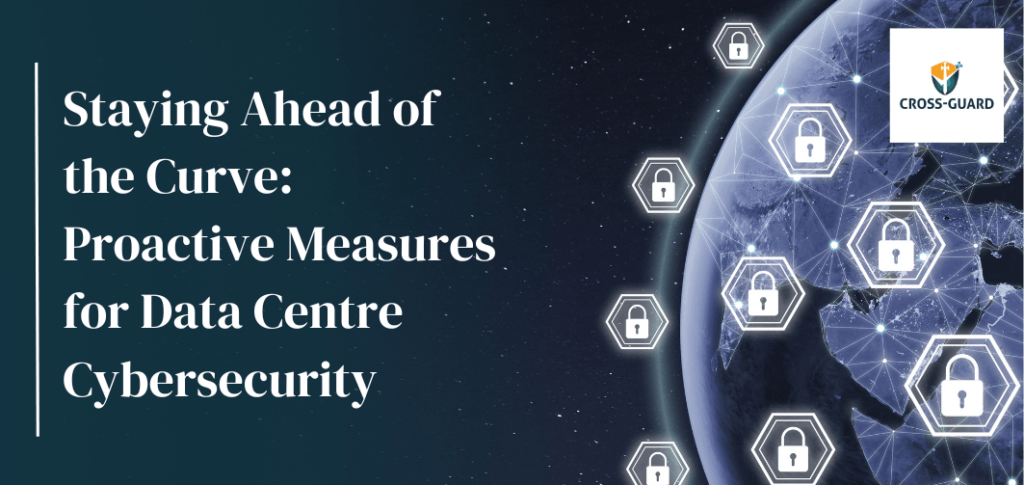Staying Ahead of the Curve: Proactive Measures for Data Centre Cybersecurity

The number and complexity of attacks on the data centre sector are increasing. It’s crucial for those managing data centres to recognise and prepare for threats such as severe weather and unreliable power supplies. However, it’s also vital to take into account the human aspect, as well as the emerging risks from cybercriminals.
Cybercriminals target data centres for a variety of reasons. Some act on behalf of a country or a specific political belief, while others are motivated by the prospect of making money. This raises the question: could they achieve the same objectives by attacking different types of buildings and organisations? So, why do they specifically focus on data centres?
Information is the modern-day equivalent of gold. Just as the bandits of the past would raid banks for their wealth, today’s hackers focus on data centres because that’s where the goldmine is. Operators of data centres handle a valuable resource that needs to be safeguarded properly. Over the past few years, there’s been a noticeable increase in cyber-attacks aimed at the data centre sector. These assaults extend beyond the data centres to our supply chain allies, including the companies that manage control systems and energy. These assaults are complex and exhibit a clear strategy and organisation.
Attacks against data centres may be growing more widespread and sophisticated, but the security tools that are being used to protect data centres and customers are maturing. In particular, data centre operators are looking at how they can implement AI-driven security capabilities to thwart and keep systems secure.
In the modern era, the main application of AI within data centres is focused on identifying cyber attacks. Conventional security measures struggle to stay efficient in the constantly changing landscape of cyber threats. This encompasses advanced malware, previously unknown attacks, and targeted attacks by state-sponsored groups.
Machine learning models can examine system logs, network data, and patterns in how users act. It identifies irregularities and potential signs of being hacked (IOCs). Moreover, these models can spot dangers that were not found before. Its skill to adapt to new attack methods comes from constantly learning from vast collections of data. Consequently, this enables a more comprehensive and active approach to tackling cybersecurity issues.
AI can also be connected to present-day security information and event management (SIEM) systems. It enhances its functions by minimising incorrect alerts, identifying complex attack patterns, and linking data from various sources. Therefore, it stands as a significant method through which AI contributes to data security.
Employing artificial intelligence in data centre security presents a significant opportunity to enhance the response to incidents, continuous surveillance, and identification of threats. Furthermore, artificial intelligence in data centres can provide a comprehensive and adaptable approach to protecting these essential resources.
SHARE
DOWNLOAD A COPY OF OUR BROCHURE

GET A QUOTE
Get a Quote Form
"*" indicates required fields
